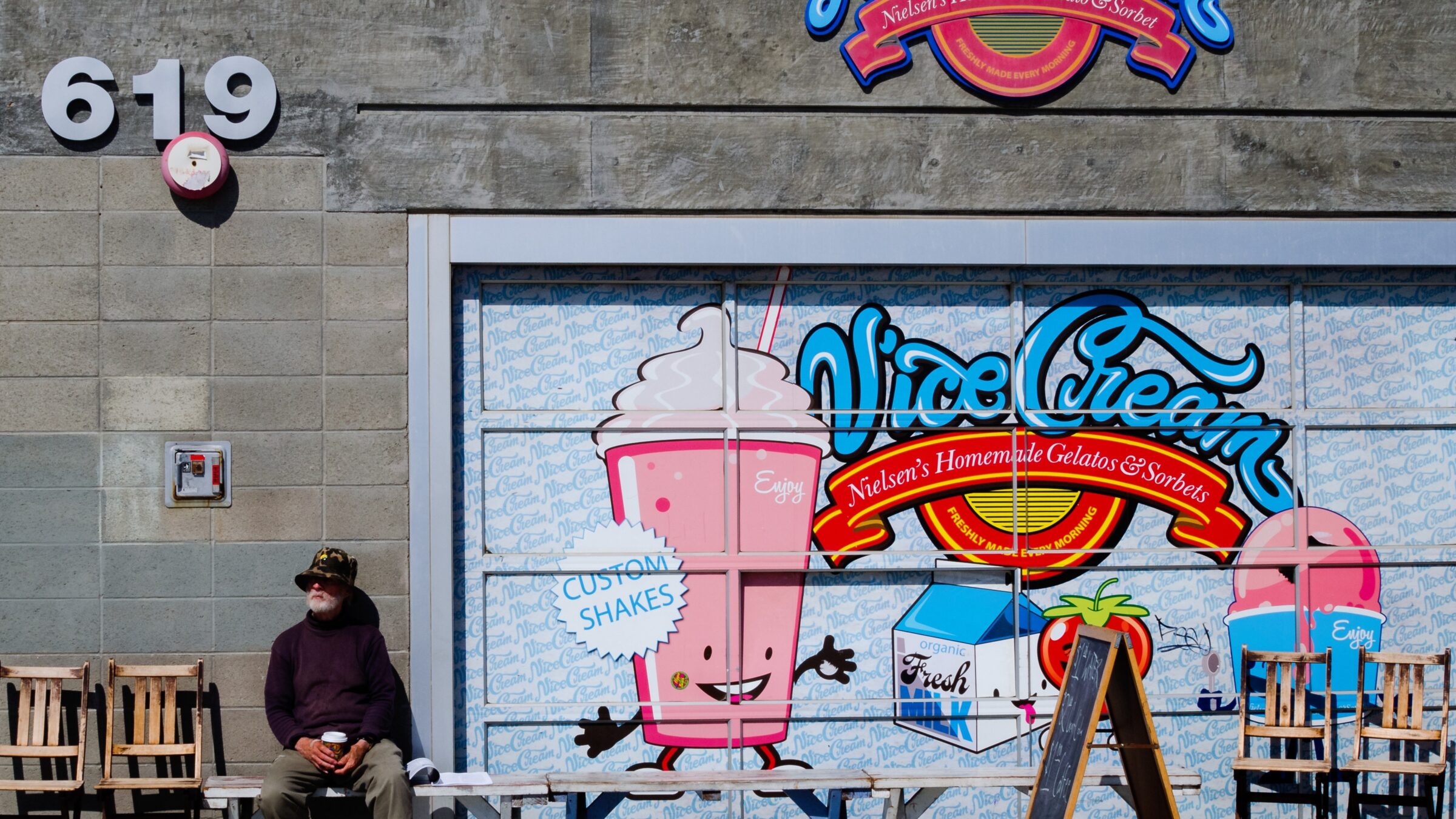Last week in Part 1, we looked at how brands help people make decisions. They first create expectations around offerings, quality, price, service, and more. Then they deliver experiences that either strengthen or weaken those expectations. The connection (or gap) between expectation and experience yields powerful consequences for any business. So how can a brand builder ensure the success of their brand?
Build a foundation
First and foremost, the expectations your brand evokes and the experiences you create around it must share the same foundation. By building a brand platform that declares what the brand stands for—and how it stands out—everyone can work from the same playbook, regardless of division or function. From the brand platform comes one particularly useful tool: experience principles—a set of guideposts that inform the design and delivery of all brand experiences.
With an engaging strategy underlying everything you create, you as a brand builder can eliminate the gap between the expectations your brand shapes and the experiences it delivers.Click To TweetKnow your place
Building the right expectations for a brand differs depending on how long it has been in the market. For younger brands, the challenge comes in seeing the brand through the eyes of people who haven’t formed expectations, which means first impressions are vital. What feeling might the first Facebook ad leave? Does that feeling express the brand platform? Can the brand live up to the expectations that feeling creates with the experiences it delivers? For global, storied brands, the dynamic is different because expectations are set and shared by many. The challenge for these brands comes in evolving expectations, not creating them. Such an evolution is best achieved incrementally. Straying too far too quickly from known expectations can create confusion and dilute the brand’s value. Remember the cautionary tale of Colgate Kitchen Entrees? Or Bic Underwear?
Act with unity
Brand builders must strive for cohesion when creating expectations and experiences. Unity doesn’t mean uniformity—every experience you design or message you send doesn’t have to be identical. But, building on the brand platform, they need to complement one another, reinforce desired associations, and work together to tell a meaningful story. Experiences that contradict people’s expectations will frustrate and disappoint them, but those that line up can make an initial purchase grow into a longstanding relationship.
Expectations inform every decision we make. Whether or not a brand fulfills those expectations will determine our likelihood of moving from consumers to customers to ambassadors. Effective brand building, therefore, requires the creation, cultivation, and management of expectations. And as a result, the onus is on brand builders to establish their brand’s value believably and deliver cohesive experiences that engage and delight.
For more insights on communication and brand strategy, industry trends and more, subscribe today to the Weekly Buzz here.

